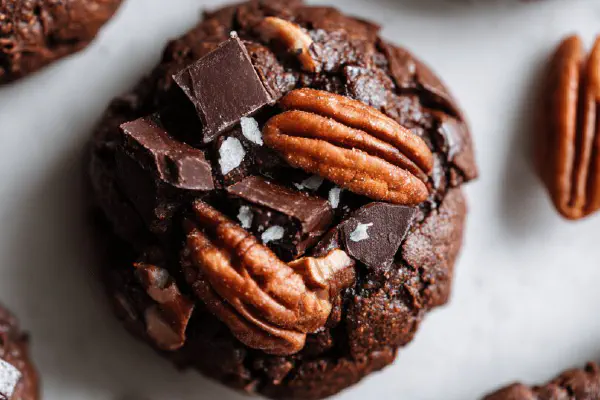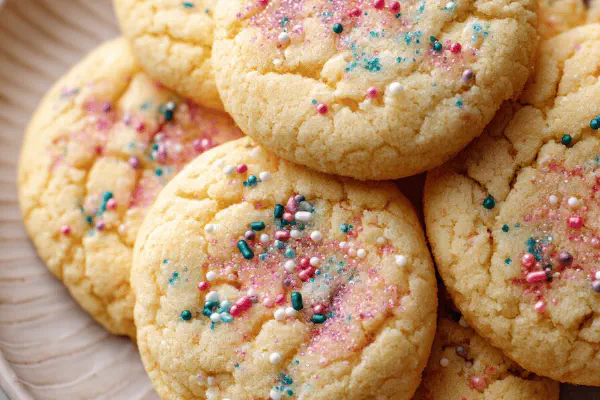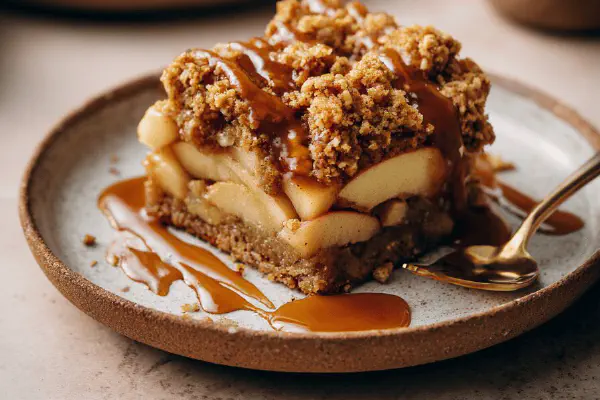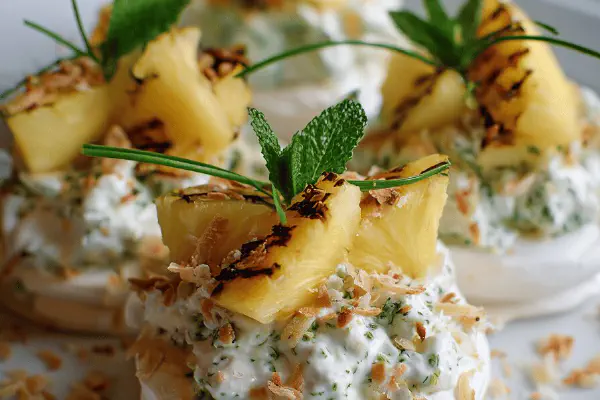Spider Cupcakes Twist
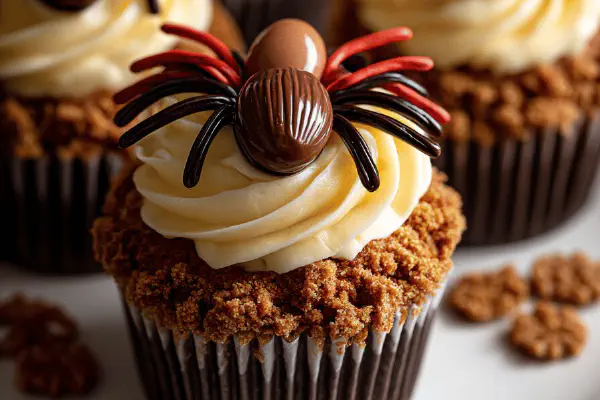
By Emma
Certified Culinary Professional
Ingredients
- 1 basic vanilla cupcake batter recipe
- 1 batch orange-infused frosting
- 72 strips red licorice twists cut long
- 12 chocolate-covered almonds
- Crushed ginger snap cookies for dusting
About the ingredients
Method
Frost and Setup
- Start with cooled cupcakes or wait till small cracks appear on top after baking. Frost thick with vibrant orange frosting. Use offset spatula to pack it well; this holds decorations better. Avoid too loose applications — spider legs slip off.
Legs Attachment
- Slice red licorice twists lengthwise into thin strips. Rough count, 5-6 legs per cupcake. Insert at angles around cupcake top edges, fanning out. Press firmly but gently. You want them stable without tearing frosting off.
Body Placement
- Center a single chocolate-covered almond atop frosting, nestled among licorice legs but not sinking. You’ll feel resistance as it lands; if it slips under, frosting may be too soft or you need to chill cupcakes a moment.
Furry Texture
- Sprinkle crushed ginger snap crumbs around almond edges lightly. It gives visual 'hairy' look and subtle spice bite beneath sweets. Work quickly — crumbs can clump if frosting moisture rises.
Final Touches & Tips
- If licorice legs wobble, trim end to stick better or chill assembled cupcakes to firm frosting glue. No ginger snaps? Toasted coconut flakes work but flavor shifts. Almonds swapped for chocolate chips okay but lacks that crunch contrast.
- Target softness cues for frosting — too firm and cupcake feels dry, too soft and legs fall. Remember to let cupcakes cool fully before decorating or frosting will melt. Once decorated, store in cool place away from humid air or licorice gets sticky and limp.
- Listen for quiet crackle of frosting drying on edges, a sign it’s setting. Smell sharp citrus notes from frosting — your clue it’s ready for final dusting before serving.
- These not just looks but texture games. Soft crumb, chewy licorice legs, crunchy almond body, and crisp ginger crumbs combine for cheek-pleasing bites.
Cooking tips
Chef's notes
- 💡 Watch frosting texture closely—too runny legs slide off, too stiff dries cupcakes out. Pipe frosting then smooth gently for grip; offset spatula best tool here. Cut licorice strips thin but long. Trim ends if too thick or legs won’t insert clean. Legs placement matters: midway between edge and center. Angled insertion helps stability. Chill if frosting soft, I learned from failed attempts.
- 💡 Center the almond body carefully on frosting. Pressing too hard sinks it, softens cake below. Feel resistance. If almond slips under, chill cupcakes a bit. Use chocolate-covered almonds only; swaps like pecans or chips lose crunch or look weird. Crushed ginger snaps dust light layer, adds subtle spice flavor and slightly fuzzy texture. Work fast before crumbs clump from frosting moisture.
- 💡 Legs wobble? Trim ends sharper to stick better, or chill entire cupcake 15-20 minutes between steps to firm glue. Avoid overloading crumbs—too much masks chocolate body or frosting edges. Listen for crackle sound at frosting edges as drying signal, subtle but clear. Smell citrus zest in frosting, that sharp note tells you when final dusting goes on. Timing is sensory, not just clock.
- 💡 Frost only after cupcakes fully cooled. Frosting melts on warm bases, messes surface. Cracks appear when baked and cooled—good sign to start frosting thickly for better hold. Offset spatula packs frosting well; loose coat means legs slip off often. Licorice legs should be flexible enough to curve but not flop. Length matters; too short, awkward and weak hold. Keep hands sticky but gentle, patience with assembly.
- 💡 Substitutions come with trade-offs. Black licorice is bitter, messy—red cleaner, sweeter, better color. Almonds can switch to pecans if allergy, but chocolate almond combo rare and texturally distinct. Crushed ginger snaps instead of classic Oreos adds warmth and crunch without dairy. Frosting needs zing of orange zest to lift vanilla base from bland to lively. Adjust crumbs or nuts based on allergy or preference but mind textural balance.
Common questions
What if legs won’t stick?
Frosting too soft mostly. Chill batch mid-assembly. Cut licorice thinner. Press legs at angle, midway edge-center. Sometimes trimming ends sharper helps insertion and hold.
Can I swap almonds?
Yes but expect texture shift. Pecans okay but chocolate looks different, crunch less neat. Chocolate chips lose crunch, melt risk. Choose nuts with firmness, dry coatings best for body shape.
How to prevent frosting melting?
Cool cupcakes fully. Frost when crumb surface crack begins, no warmth. Thick layer frosting packs better grip. Avoid piping thin coat first or legs slide off. Chill cupcakes between decoration steps if frosting looks soft.
Best storage method?
Cool dry place ideal. Refrigerate if warm, but frosting may stiffen or sweat. Cover loosely not sealed tight to avoid soggy texture. Consume within hours for best crunch on legs & crumbs. Sticky licorice legs soften after too long.
